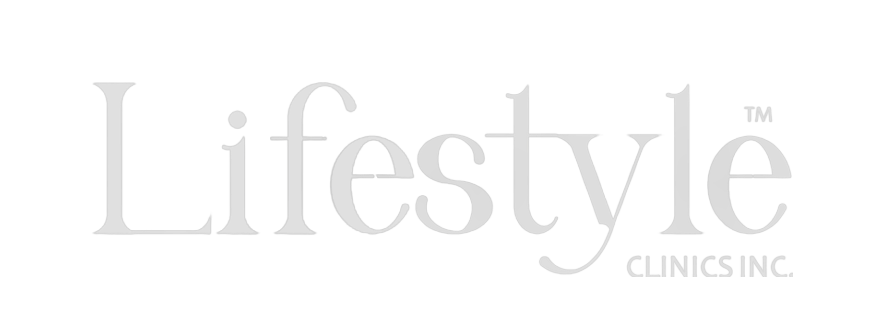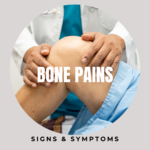Understanding Breast Tenderness and Discharge: Causes, Symptoms, and Treatments
Breast tenderness and discharge are common issues that many women experience at various stages of their lives. While these symptoms can be alarming, they are often benign and manageable. This article explores the causes, symptoms, and treatments of breast tenderness and discharge, providing valuable insights for maintaining breast health.
What is Breast Tenderness and Discharge?
Breast Tenderness
Breast tenderness, also known as mastalgia, is characterized by pain, discomfort, or sensitivity in one or both breasts. It can range from mild discomfort to severe pain, impacting daily activities and quality of life.
Breast Discharge
Breast discharge refers to any fluid that leaks from one or both nipples. The discharge can vary in color, consistency, and quantity, and may occur spontaneously or when the breast is squeezed.
Causes of Breast Tenderness and Discharge
Understanding the underlying causes of these symptoms is crucial for appropriate diagnosis and treatment.
Causes of Breast Tenderness
- Hormonal Fluctuations: Hormonal changes during the menstrual cycle, pregnancy, or menopause can cause breast tenderness.
- Fibrocystic Breasts: A common, benign condition where the breasts feel lumpy or rope-like, leading to tenderness.
- Medications: Certain medications, including hormonal therapies, antidepressants, and cardiovascular drugs, can cause breast pain.
- Injury or Trauma: Physical injury to the breast can result in pain and tenderness.
- Infections: Mastitis or abscesses can cause significant breast pain, especially in breastfeeding women.
Causes of Breast Discharge
- Hormonal Imbalance: Elevated levels of prolactin can cause nipple discharge.
- Infections: Bacterial infections like mastitis can lead to pus-like discharge.
- Benign Tumors: Conditions such as papillomas or fibrocystic changes can result in discharge.
- Medications: Certain medications, including birth control pills and antipsychotics, can lead to nipple discharge.
- Breast Cancer: While less common, discharge, particularly if bloody or from one breast, can be a symptom of breast cancer.
Symptoms Associated with Breast Tenderness and Discharge
Recognizing the symptoms associated with these conditions can help in early diagnosis and treatment.
Symptoms of Breast Tenderness
- Pain or Discomfort: Ranging from a dull ache to sharp pain.
- Swelling: Breasts may feel swollen or heavy.
- Sensitivity: Increased sensitivity to touch.
Symptoms of Breast Discharge
- Fluid Leakage: Spontaneous or induced discharge from the nipple.
- Color and Consistency: Discharge can be clear, milky, yellow, green, or bloody.
- Odor: Some discharges, especially those due to infection, may have an odor.
Diagnosing Breast Tenderness and Discharge
A thorough diagnosis involves medical history, physical examination, and specific tests.
Medical History and Physical Examination
- History: Understanding the duration, intensity, and pattern of symptoms.
- Examination: Checking for lumps, pain points, and nipple discharge.
Diagnostic Tests
- Mammography: X-ray imaging to detect abnormalities in breast tissue.
- Ultrasound: Uses sound waves to create images of the breast tissue.
- Biopsy: Removal of a small tissue sample for laboratory analysis.
- Hormone Levels: Blood tests to check for hormonal imbalances.
- Ductography: Imaging of the milk ducts to identify blockages or tumors.
Treatment Options for Breast Tenderness and Discharge
Effective treatment depends on the underlying cause of the symptoms.
Medications
- Pain Relievers: Over-the-counter pain medications like ibuprofen or acetaminophen.
- Hormonal Treatments: Adjusting hormone therapy or using medications to balance hormones.
- Antibiotics: For bacterial infections causing mastitis or abscesses.
Lifestyle and Home Remedies
- Supportive Bras: Wearing well-fitted, supportive bras to reduce discomfort.
- Warm or Cold Compresses: Applying compresses to alleviate pain and swelling.
- Dietary Changes: Reducing caffeine and high-fat foods to minimize symptoms.
Surgical Interventions
- Cyst Aspiration: Removing fluid from cysts to reduce pain and swelling.
- Tumor Removal: Surgical removal of benign or malignant tumors.
- Duct Excision: Removing affected milk ducts in cases of persistent or bloody discharge.
Conclusion
Breast tenderness and discharge are common yet concerning symptoms that can affect women of all ages. Understanding their causes, recognizing associated symptoms, and seeking appropriate treatment are essential for maintaining breast health. If you experience persistent or severe symptoms, consult a healthcare professional for a thorough evaluation and personalized treatment plan.





